Wednesday, July 28, 2021 – HOW MANY TIMES CAN YOU BUILD AN ARCH……LET’S COUNT IN MADISON SQUARE


HISTORY IS DEMOLISHED TODAY

The play area in Blackwell Park was demolished today. By current standards a playground built with wooden boulders, bricks, metal slides and metal climbing device is so unsafe it had to be removed. A bulldozer made waste of the area this morning.
The site will be paved over and left to the open since RIOC canceled the reading and sitting area that would adjoin the new library.
The Learning Library will continue on the adjoining site.
It is a pity RIOC cared not for an improved area and just chose the easy solution, a bulldozer.
Do you have photos of your kids in the area? Please send them to us as a reminder of the little that remains of our original plans, either good, bad, innovative or dangerous.
FROM THE ARCHIVES
WEDNESDAY, JULY 28, 2021
427st ISSUE
All the Arches
That were Built
(and then bulldozed) in
Madison Square
FROM EPHEMERAL NEW YORK

All the arches that were built (and then bulldozed) in Madison Square Arch fever at Madison Square Park started in 1889. That’s the year a pair of elaborate wood arches festooned with American flags were built to commemorate the centennial of George Washington’s inauguration.
One arch went up outside the 23rd Street and Broadway entrance to the park (above photo), and the other was constructed on the 26th Street side (below). The city threw an impressive party for the first president, but after the festivities honoring Washington ended, the two arches were reduced to rubble.

But arches in general were quite popular all over the Beaux-Arts city through the end of the Gilded Age. So 10 years later, another arch was unveiled beside the Fifth Avenue Hotel at 24th Street and Broadway.This impressive structure was the Dewey Arch (above), named for Admiral George Dewey, whose victory at the Battle of Manila Bay during the Spanish-American War earned him national hero status. Dewey was coming to New York to be honored with a parade and a flotilla of ships, and city officials hoped to welcome him in triumphant style.

The ostentatious arch reflected that spirit. “The Dewey Arch, designed by architect Charles R. Lamb, was based on the Arch of Titus in Rome and was produced by 28 sculptors,” wrote flatirondistrict.nyc. “It was topped by a quadriga, a chariot pulled by four horses running abreast. This one, in keeping with the occasion, depicted four seahorses pulling a ship.”After the Dewey celebration, calls went out to turn this temporary arch (made from staff, a mixture of plaster and wood shavings) into a permanent one. Unfortunately, the Dewey Arch was “carted away” later that year, already picked apart by vandals, according to Daniel B. Schneider in The New York Times FYI column in 1999. The public lost interest in Dewey by then anyway.
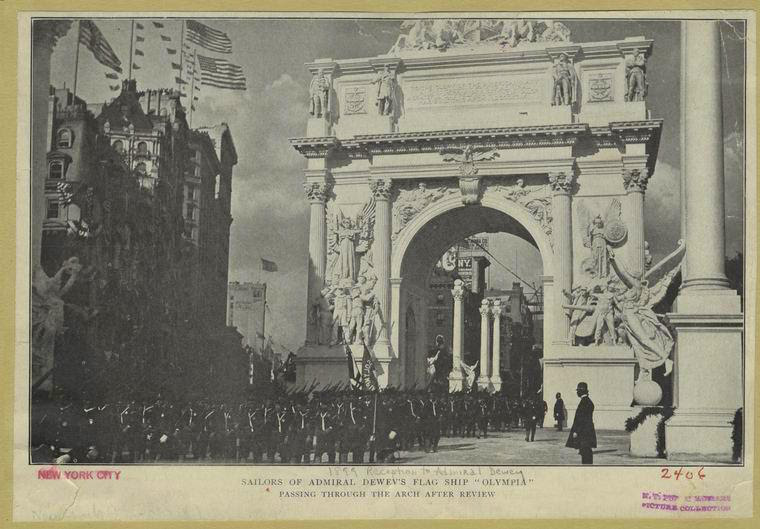
But Madison Square Park wasn’t done with arches yet. In 1918, a fourth arch, called the Victory Arch, would be unveiled at Fifth Avenue and 24th Street. The Victory Arch was the brainchild of Mayor John Hylan, a way to honor the fallen soldiers from World War I as well as the men who were returning from Europe.“The $80,000 triple arch was designed by Thomas Hastings in temporary materials and modeled after the Arch of Constantine in Rome, with relief panels commemorating important battles, war service organizations, and industrial might—like munitions makers,” wrote Christopher Gray in the New York Times in 1994.

As with the Dewey Arch, many New Yorkers wanted the Victory Arch to be permanent. Of course, it had plenty of critics as well. “Fiorello H. LaGuardia, as a candidate for President of the Board of Alderman in 1919, denounced the project as the ‘Altar of Extravagance,’ stated Gray.By 1919, thousands of doughboys had marched through the Victory Arch during the many parades held by the city. It must have been quite a shock, then, to watch the arch be demolished in the summer of 1920—a victim of “bureaucratic infighting,” according to Allison McNearney in The Daily Beast.

[First image: MCNY, X2010.11.11029; second image: MCNY, X2010.11.11015; third image: NYPL; fourth image: NYPL; fifth image: NYPL; sixth image: MCNY X2010.28.827]
In 2008, the Alumni of the Metropolitan Hospital School of Nursing presented this sundial to the Octagon developer, Bruce Becker. The sundial was placed in the triangular turn-around outside the building. It was surround by three benches, flowering trees and foliage.
Last year, the current management removed the sundial and benches. We now have an oversize building sign with 3 “888” mounted on the top.
It was a sad loss of an island memento, the loss of a beautiful pear tree and three benches.
WEDNESDAY PHOTOS OF THE DAY
SEND OUR SUBMISSION TO
ROOSEVELTISLANDHISTORY@GMAIL.COM

TUESDAY PHOTO OF THE DAY
AN AREA ON THE NORTHBOUND #1 PLATFORM
COLUMBUS CIRCLE STATION
HAS A UNIQUE DISPLAY OF TILE SAMPLES. THESE WERE DISCOVERED
DURING RENOVATIONS. THEY HAVE BEEN PRESERVED FOR PASSENGERS
TO SEE THE TYPES OF TILEWORKS THAT WERE BEING TESTED.
HARA REISER AND ALEXIS VILLAFANE GOT IT RIGHT

Text by Judith Berdy
Thanks to Bobbie Slonevsky for her dedication to Blackwell’s Almanac and the RIHS
Thanks to Deborah Dorff for maintaining our website
Edited by Melanie Colter and Deborah Dorff
All image are copyrighted (c) Roosevelt Island
Historical Society unless otherwise indicated
EPHEMERAL NEW YORK
FUNDING PROVIDED BY ROOSEVELT ISLAND OPERATING CORPORATION PUBLIC PURPOSE GRANTS CITY COUNCIL REPRESENTATIVE BEN KALLOS DISCRETIONARY FUNDING THRU DYCD


Copyright © 2021 Roosevelt Island Historical Society, All rights reserved.Our mailing address is:
rooseveltislandhistory@gmail.com

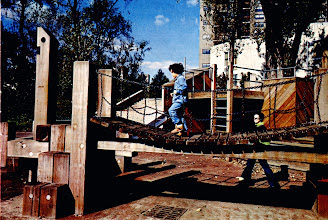
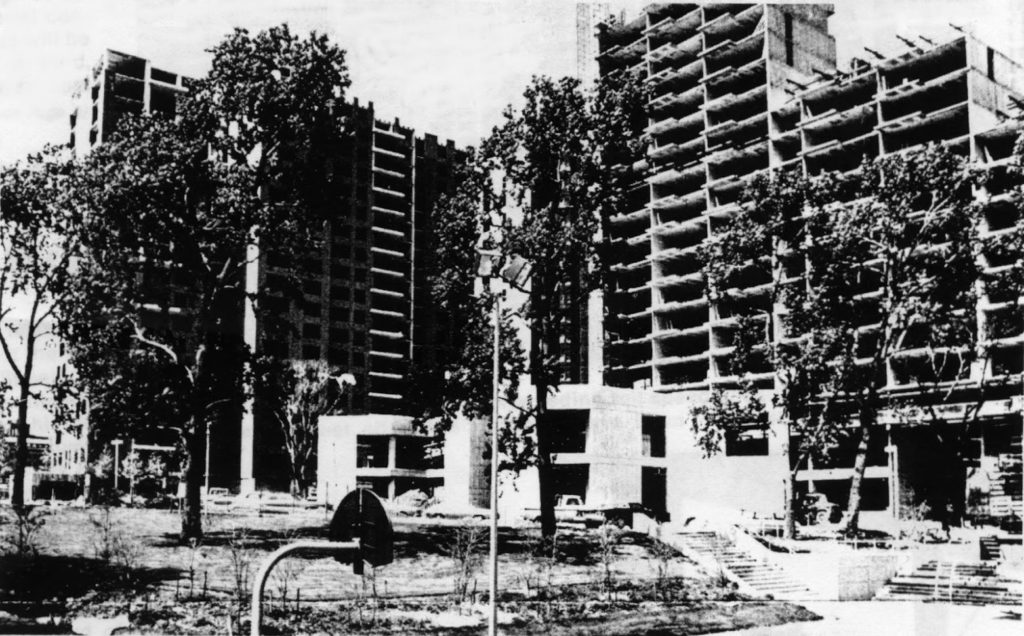
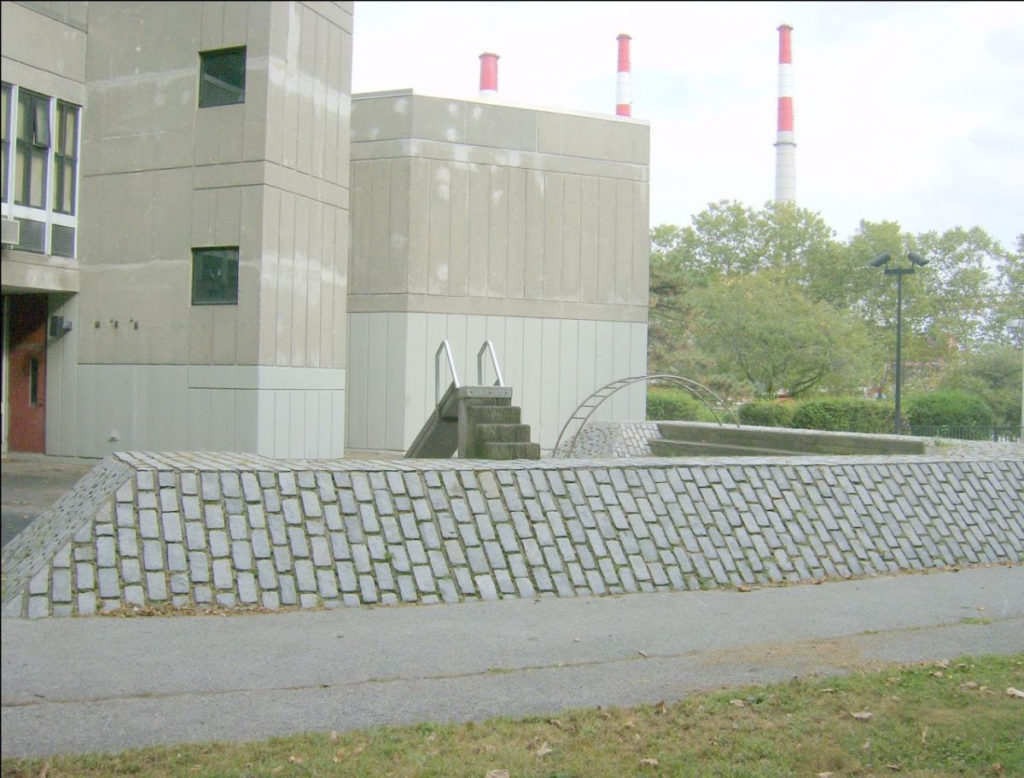

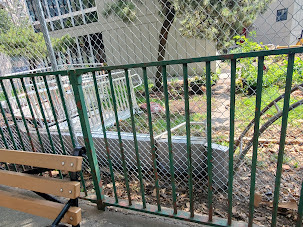
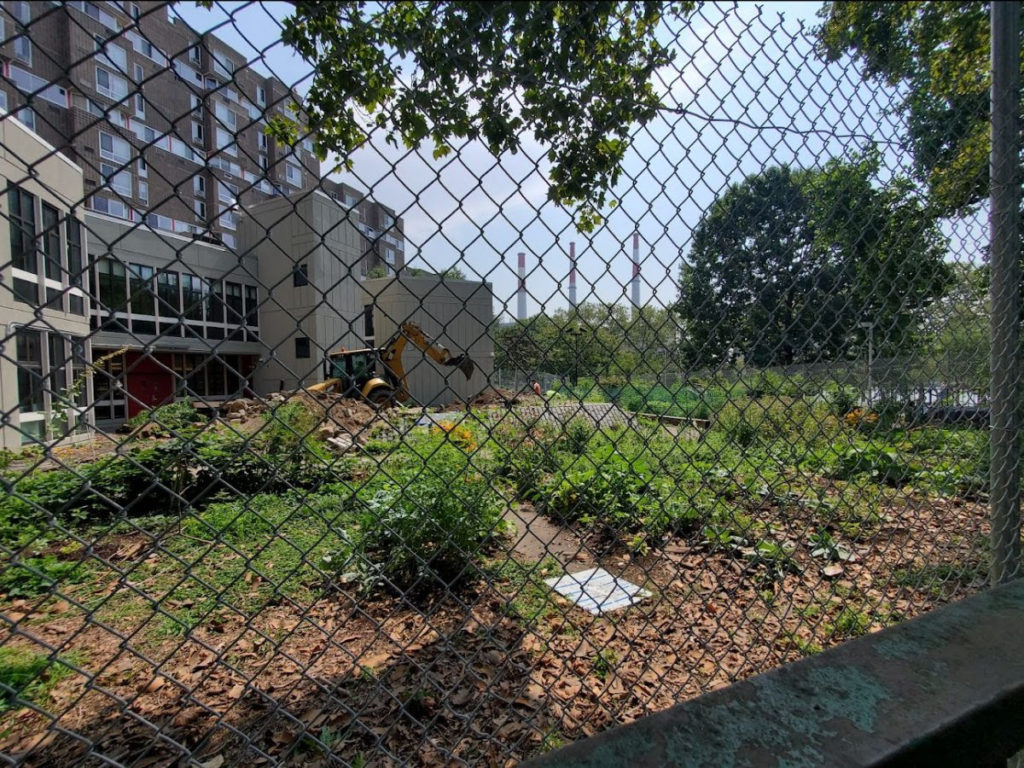
Leave a comment